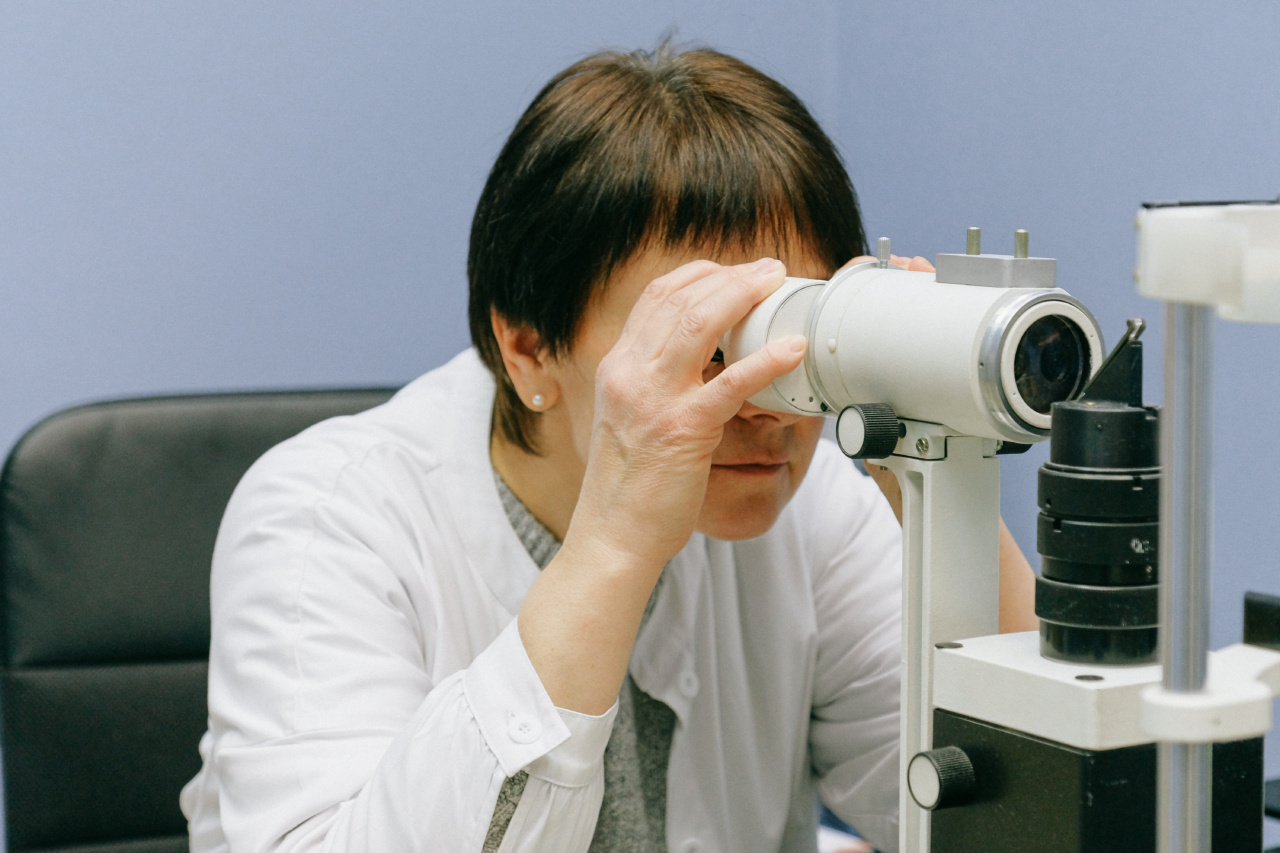Female ejaculation, commonly referred to as squirting, is a phenomenon that has been a topic of debate and fascination for centuries.
Despite the controversy surrounding its existence, female ejaculate has been found to be a legitimate bodily fluid that is produced by some women during sexual activity. In recent years, researchers have begun to study female ejaculate more closely, using both science and microscopy to better understand its composition and origin.
In this article, we will explore the microscopic examination of female ejaculate and what it has taught us about this fascinating bodily fluid.
What is Female Ejaculate?
Female ejaculate is a fluid that is expelled from the female urethra during sexual activity. It is often associated with orgasm and is characterized by a sudden release of fluid from the vagina.
It is important to note that not all women ejaculate, and there is a great deal of variation in how much fluid is released and when it occurs.
The Controversy Surrounding Female Ejaculation
For many years, female ejaculation was dismissed as a myth or an illusion. It was often thought to be urine or vaginal lubrication, rather than a unique bodily fluid.
However, in the 1980s, researchers began to study female ejaculation more closely and discovered that it was a legitimate bodily fluid that is produced by some women during sexual arousal and orgasm.
The Origin of Female Ejaculate
The origin of female ejaculate is still not fully understood, but researchers believe that it is produced by the Skene’s glands, also known as the female prostate.
These glands are located around the urethra and can vary in size from woman to woman. When stimulated during sexual activity, they can produce a fluid that is similar to male prostatic fluid.
The Composition of Female Ejaculate
The composition of female ejaculate is still not fully understood, but studies suggest that it may contain a variety of substances, including:.
- Fructose
- Urea
- Acid phosphatase
- Creatinine
- Prostate-specific antigen (PSA)
- Glycine
- Glucose
These substances are similar to those found in male prostatic fluid, which supports the theory that female ejaculate is produced by the Skene’s glands.
Microscopic Examination of Female Ejaculate
The microscopic examination of female ejaculate has provided researchers with valuable insights into its composition and origin. In one study, researchers analyzed the fluid from seven women who had reported experiencing female ejaculation.
They found that the fluid contained prostate-specific antigen (PSA), indicating that it was produced by the Skene’s glands. The fluid also contained fructose, suggesting that it may serve as a source of energy for sperm during fertilization.
The Debate Continues
Despite the growing body of research on female ejaculation, there is still much debate and controversy surrounding this topic.
Some people continue to dismiss female ejaculation as a myth or an illusion, while others embrace it as a natural and normal part of female sexuality. Regardless of where you stand on the issue, there is no denying that female ejaculation is a fascinating and complex phenomenon that warrant further study.
Conclusion
The microscopic examination of female ejaculate has allowed researchers to better understand the composition and origin of this fascinating bodily fluid.
Although there is still much debate and controversy surrounding female ejaculation, it is clear that it is a legitimate bodily fluid that is produced by some women during sexual activity. Further research is needed to fully understand the role of female ejaculate in female physiology and sexual function.




























